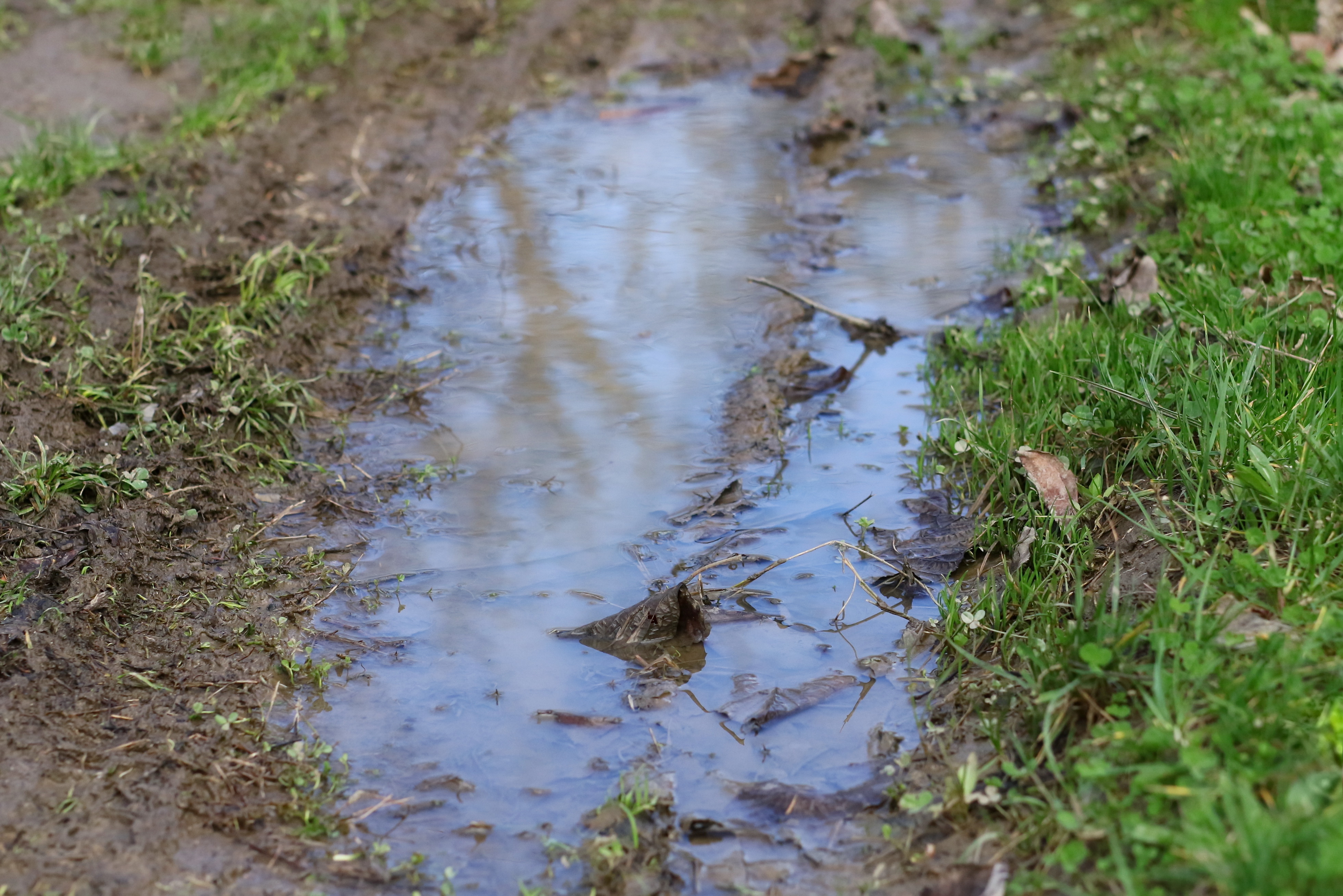California Gardening After the Storm: What to do When the Sun Comes Out

Part 4 in the GardenZeus series “Gardening Tips for Rain and Rainstorms”
It’s easy to damage your soil structure by walking in cultivated areas after rains. If you have not implemented a plan in your garden or landscape to prevent soil compaction, it’s best to stay off the soil when it’s wet. See Part 2 of this article series, California Gardening During Rainstorms: Flush Salts and Avoid Soil Compaction for tips about avoiding compaction with wet soil.
A careful check of your garden is in order after rain, especially after heavy rains or storms that last for 2 to 3 days or longer. Winds or heavy rain may have pulled plants off of trellises and support, or eroded soil. The storm may have deposited a natural layer of mulch in the form of fallen leaves and plant debris that can inhibit or kill seedlings and small plants. Mulch may need to be refreshed or smoothed out, especially when more rain is on the way. Splashed mud may need to be rinsed off of lower plant leaves, smaller plants, and seedlings, especially in unmulched areas. Greens and other cool-season crops may have matured to the point of being ready for harvest since the rain started.
Mulch helps to prevent or minimize soil erosion that may expose plant roots. Check root crowns and cover exposed roots after rainstorms, especially in newly cultivated areas or loose soils. Give special attention to new seedlings or recently installed plants in loose soil. Even a short period with root crowns or upper roots being exposed to sunlight after rains may harm plants.
Weeds thrive after rains, and they can be pulled out, roots and all, more easily when soil is moist. Weed seeds may germinate in droves, both in cultivated and out-of-the way garden areas, after rain. Take the time during the 3 to 10 days after rainstorms to clean up and remove weed sprouts while they’re still tiny; this will save time and effort later.
What about planting after rains? Planting into moist soil can allow for almost effortless germination, or at least a good start for the few days or longer during which soils remain moist after rain. Avoid planting into areas with saturated soil, excessive mud, or standing water. See Part 1 of this article series, Preparing for Rain in California Gardens for recommendations about vegetable seeds that can be planted into cool soils.
Are there any areas in your landscape or garden where water tends to pool during and after rain, or where plants seem to die no matter what you do? You may have what is called a “perched water table” resulting from an impermeable layer below the soil surface, such as rock or compacted soil, that prevents normal water infiltration. This can occur at any level beneath the soil, and often occurs at about a foot deep in soils heavily compacted by human foot traffic. A perched water table may create impossible conditions for plant growth, as water sits hidden beneath the soil. Oxygen in that water is used up by microbes, and the soil area then goes anaerobic and becomes toxic. After days or longer in an anaerobic state, even if the water eventually drains to subsoil, and especially if this occurs repeatedly over months or years, the soil may become unsuitable for supporting plants.
See the other articles in this series:
Part 1: Preparing for Rain in California Gardens
Part 2: California Gardening During Rainstorms: Flush Salts and Avoid Soil Compaction
Part 3: Benefits of Rain For California Gardens